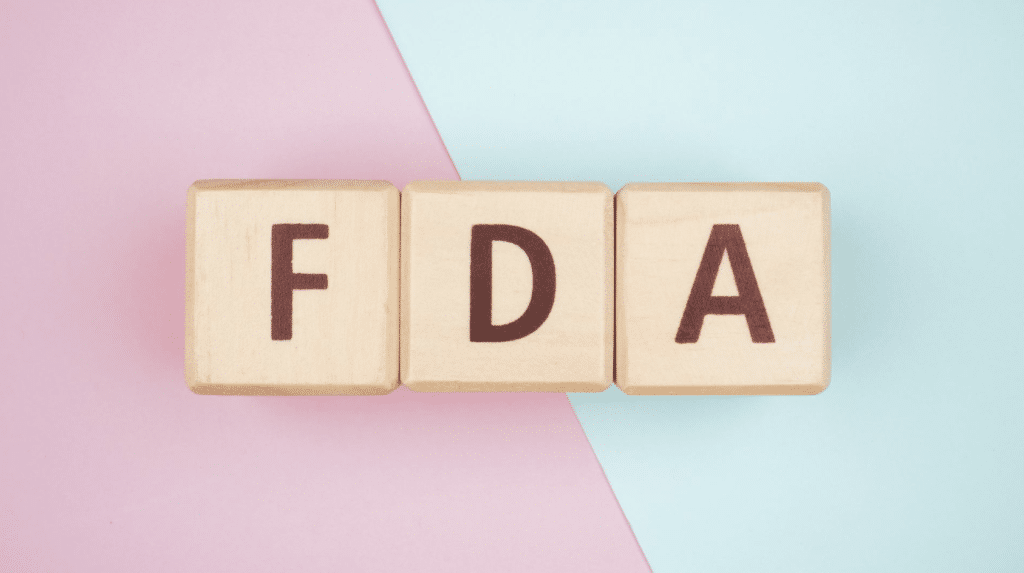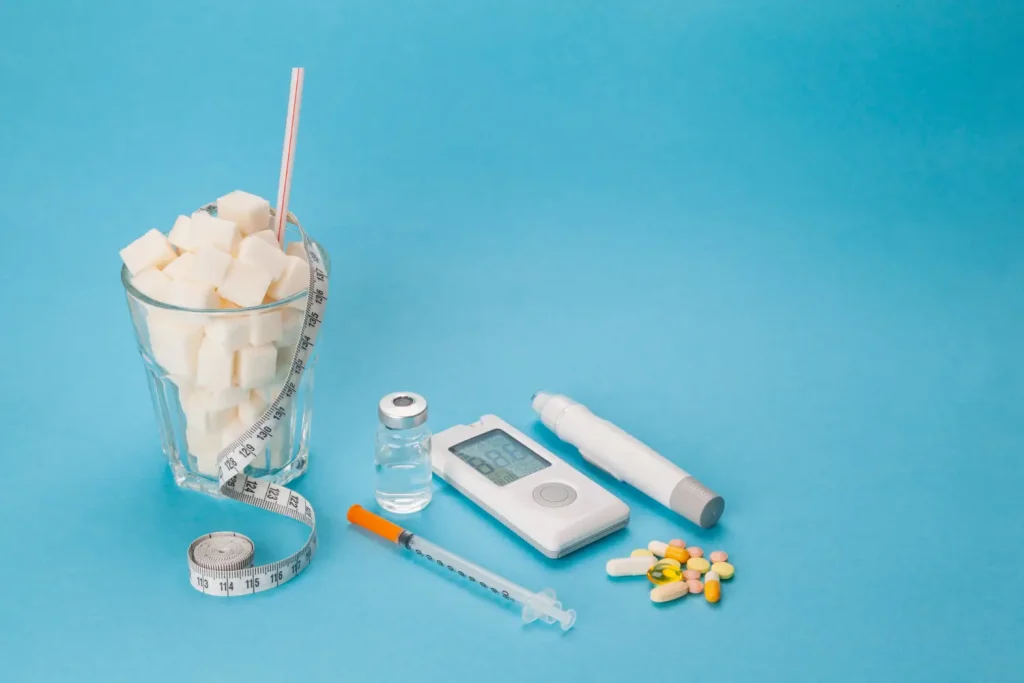The FDA approval process is a critical benchmark for many products, ensuring they meet stringent safety and efficacy standards. According to the FDA, products that receive approval have undergone rigorous testing and evaluation, providing confidence to both healthcare providers and patients.
One such product that has gained FDA approval is Nabota, a botulinum toxin type A injection developed by Daewoong Pharmaceutical. Nabota is designed to treat facial wrinkles and has quickly gained popularity as an alternative to more established brands like Botox. However, with any new product, questions about safety naturally arise.
In this article, we will explore the Nabota FDA approval, its safety profile, and what this means for those considering it as a treatment option.
Key Takeaways
- FDA approval is crucial for ensuring the safety, efficacy, and quality of medical products like Nabota.
- Clinical trials and studies are significant in gaining FDA clearance for products like Nabota.
- Post-marketing surveillance helps in monitoring the safety of Nabota after it enters the market.
- Nabota has undergone rigorous testing and surveillance to ensure its safety and effectiveness.
About: Medical Spa RX provides medical practices with premium products at the best prices. If you’re looking to buy Nabota online for your practice, the sales representatives at Medical Spa RX can give you guidance.
The Significance of FDA Approval for Nabota

FDA approval is a critical milestone for any medical product, ensuring it meets rigorous standards for safety, efficacy, and quality. The FDA’s stringent review process protects public health by thoroughly evaluating products before they reach the market. This approval is mandatory for all health products in the U.S., preventing the sale of potentially harmful items and providing consumers with confidence in their safety.
For Nabota, receiving FDA approval involved extensive testing to confirm its effectiveness and safety for cosmetic treatments. This approval assures doctors and patients that Nabota meets the high standards required for medical use.
The FDA’s endorsement means that Nabota has been proven to work effectively with minimal side effects, such as minor injection-site pain or temporary muscle weakness. This rigorous vetting process underscores Nabota’s reliability as a high-quality option for facial wrinkle treatment.
Clinical Trials and Studies for Nabota FDA Approval

The clinical trials process is a critical step in the development and approval of new medical treatments. It typically involves several phases:
- Preclinical Research: Before testing in humans, extensive laboratory and animal studies are conducted to gather preliminary efficacy, toxicity, and pharmacokinetic information.
- Phase 1: This phase involves a small group of healthy volunteers (20-100) to assess the safety, tolerability, pharmacokinetics, and pharmacodynamics of the drug.
- Phase 2: Conducted with a larger group of patients (100-300) who have the condition the drug is intended to treat, this phase aims to evaluate the drug’s efficacy and side effects.
- Phase 3: Involving several hundred to several thousand patients, Phase 3 trials compare the new drug to existing treatments to confirm its efficacy, monitor side effects, and collect information that will allow the drug to be used safely.
- Phase 4: Post-marketing studies conducted after the drug has been approved to gather additional information on the drug’s risks, benefits, and optimal use.
Details of the Studies Conducted for Nabota
Nabota, also known as Jeuveau in the United States, underwent rigorous clinical trials before receiving FDA approval in 2018. The studies focused on its efficacy and safety for treating glabellar lines (frown lines between the eyebrows).
- Phase 2 Trials: The Phase 2 clinical trial for Nabota was a multicenter, double-blind, randomized study conducted across five sites in the United States. It involved 150 participants with moderate to severe glabellar lines. The trial demonstrated that a high dose of 40 units of Nabota effectively treated glabellar lines with long-term efficacy lasting up to 26 weeks.
- Phase 3 Trials: The Phase 3 trials included 473 patients with moderate to severe symptoms. These trials were designed to compare Nabota’s efficacy and safety to a placebo. The results showed that Nabota effectively reduced the severity of glabellar lines, leading to its FDA approval.
Post-Marketing Surveillance and Reported Side Effects

Post-marketing surveillance, also known as Phase 4 clinical trials, is critical to drug safety monitoring. After a drug is approved and released to the market, ongoing surveillance is conducted to track its performance in the general population.
This process helps identify rare or long-term side effects that may not have been evident in earlier clinical trials. It involves collecting and analyzing data from healthcare providers, patients, and other sources to ensure the continued safety and efficacy of the drug.
For Nabota, post-marketing surveillance has been essential in confirming its safety profile. Reported side effects have generally been mild and transient, including localized pain, swelling, and bruising at the injection site. These side effects are consistent with those observed in clinical trials and are typical for botulinum toxin type A products.
Importantly, no new or unexpected adverse effects have been identified, reinforcing Nabota’s safety when treating glabellar lines. This ongoing monitoring ensures that any potential risks are promptly addressed, maintaining high standards of patient safety.
Reassurance on the Safety and Effectiveness of Nabota
Nabota has undergone extensive clinical trials and rigorous FDA scrutiny to ensure its safety and effectiveness. The data collected from these studies demonstrate that Nabota performs comparably to other botulinum toxin products, such as Botox, in reducing facial wrinkles.
When considering Nabota vs Botox, one common concern is whether Nabota is as safe and reliable as the more established Botox. The evidence supports that both products offer similar levels of safety and effectiveness. Additionally, ongoing post-marketing surveillance continues to monitor Nabota, ensuring that any emerging issues are promptly addressed, further reinforcing its status as a trustworthy option for aesthetic treatments.
Conclusion
Nabota’s FDA approval is a testament to its safety and effectiveness for wrinkle treatment, following a thorough evaluation by experts. Even after its release, ongoing monitoring has confirmed that Nabota continues to perform well, with minimal reported side effects. This consistent track record makes Nabota a reliable and trusted option for those seeking effective aesthetic treatments.
FAQs
1. What is the significance of Nabota’s FDA approval?
The Food and Drug Administration (FDA) approval of Nabota signifies that it has undergone rigorous testing and evaluation. The FDA only approves products deemed safe and effective for public use.
2. Does FDA approval guarantee Nabota’s safety?
While FDA approval is a vital safety indicator, it doesn’t guarantee anything. This means the product has met stringent criteria regarding efficacy and potential side effects during clinical trials.
3. Despite its FDA approval, are there any risks associated with using Nabota?
Nabota may still carry risks such as mild side effects like injection site pain and temporary muscle weakness, though serious complications are rare.
References
ClinicalTrials.gov. (n.d.). Safety and efficacy of Nabota in treating moderate to severe glabellar lines. Retrieved August 6, 2024, from https://clinicaltrials.gov/ct2/show/NCT03012132
Song, S., Lee, Y. H., Hong, J. P., & Oh, T. S. (2018). Safety, efficacy, and onset of a novel botulinum toxin type A (Nabota) for treating glabellar frown lines: a single-arm, prospective, phase 4 clinical study. Archives of craniofacial surgery, 19(3), 168–174. https://doi.org/10.7181/acfs.2018.01886
Hwang, W., Kang, S. M., Lee, S. Y., Seo, H. G., Park, Y. G., Kwon, B. S., Lee, K. J., Kim, D. Y., Kim, H. S., & Lee, S. U. (2022). Efficacy and Safety of Botulinum Toxin Type A (NABOTA) for Post-stroke Upper Extremity Spasticity: A Multicenter Phase IV Trial. Annals of rehabilitation medicine, 46(4), 163–171. https://doi.org/10.5535/arm.22061





















